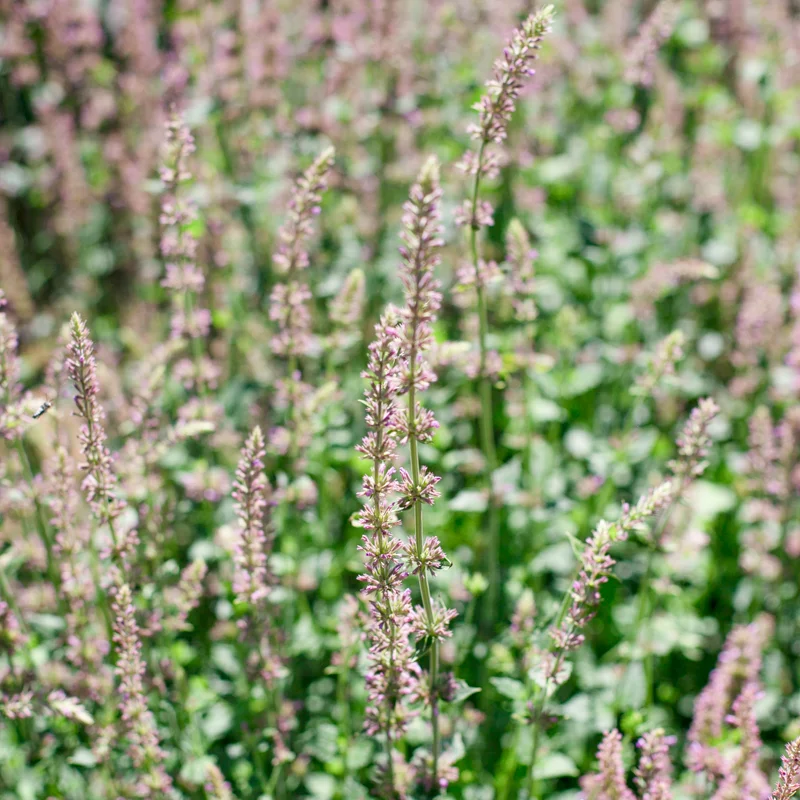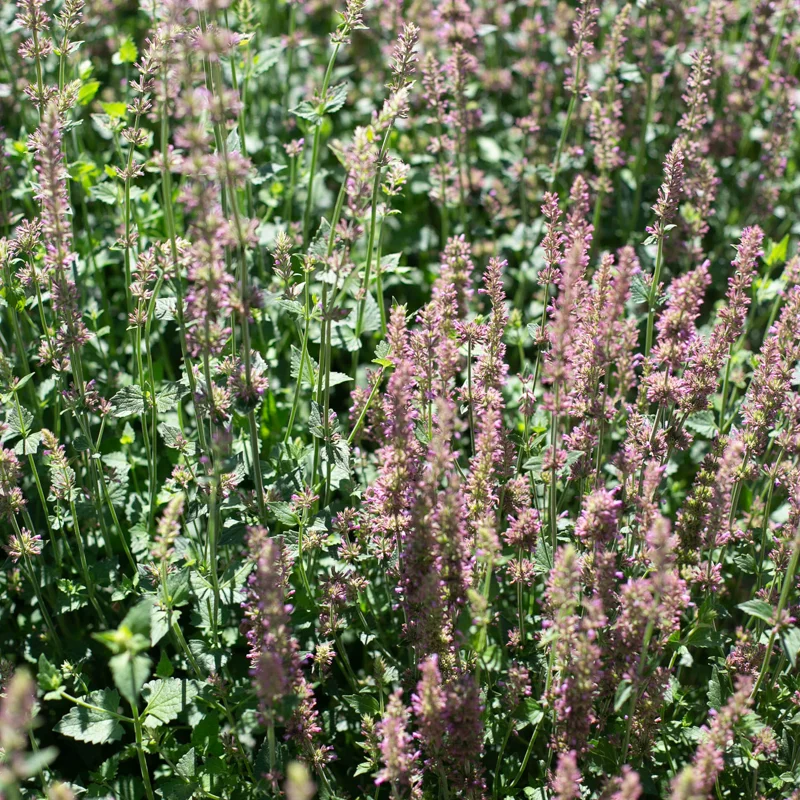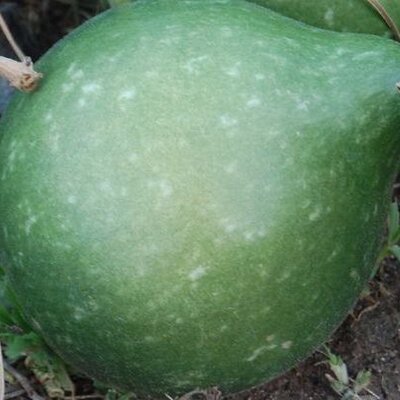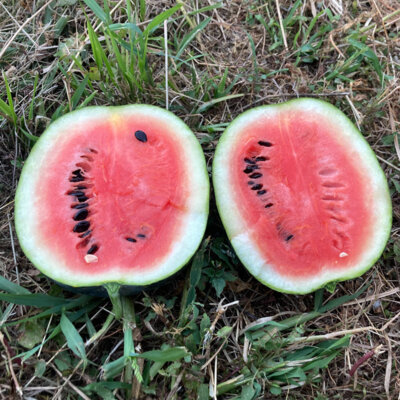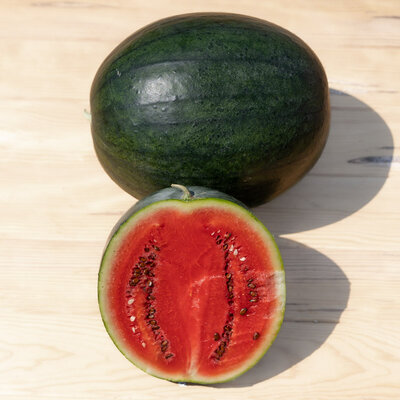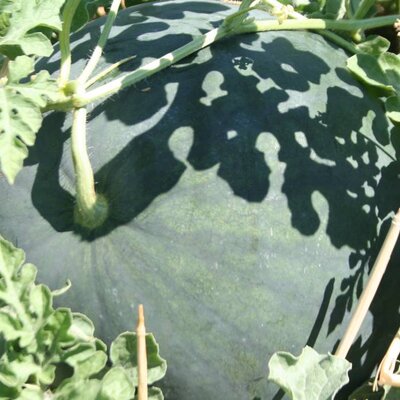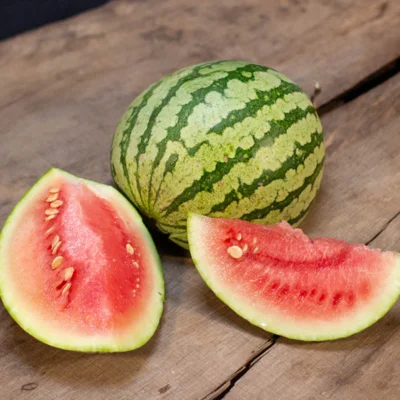Agastache breviflora
This variety produces fine, dark-green foliage and upright stems bearing mauve/purple flowers that are highly attractive to hummingbirds, butterflies and other insects.
The name Agastache comes from the Greek "aga" for abundance and "stachys", meaning spike.
Find out more on the Kokopelli blog: "Agastaches to treat malaria, depression, cancer, hepatitis...".
These products may also be of interest to you
in bucket
Sow on the surface, in pots or trays, under a well-lit shelter. Press lightly and keep moist. Germination takes a long time, requiring a period of 1 to 3 weeks at a temperature of around 20°C. Re-pot seedlings at the 2 to 4-leaf stage in individual cups. Transplant seedlings in the open ground after the last frosts, 30 cm apart in all directions.
March, April, May
June, July, August, September
in the ground, in pot
sunny, semi-shade
low
all floor types
fees, light, drained
Agastache breviflora
mid-season
200 seeds
Orange
fragrance, edible
From 60 to 90 cm
pointed
Eurasia
The 22 species of the Agastache genus contain mainly terpenoids and phenylpropanoids. Sylwia Zielinska and Adam Matkowski have highlighted their anti-viral, anti-microbial, anti-mutagenic, anti-cancer, anti-inflammatory, anti-nociceptive, anti-atherogenic and anti-oxidant medicinal properties. Other researchers have specifically highlighted Agastache rugosa's anti-emetic, anti-cancer, anti-bacterial, anti-fungal and anti-HIV properties. The six carotenoids found in Agastache rugosa are: lutein, beta-carotene, alpha-carotene, violaxanthin, antheraxanthin and zeaxanthin. These carotenoids are found much more in the leaves than in the rest of the plant.



